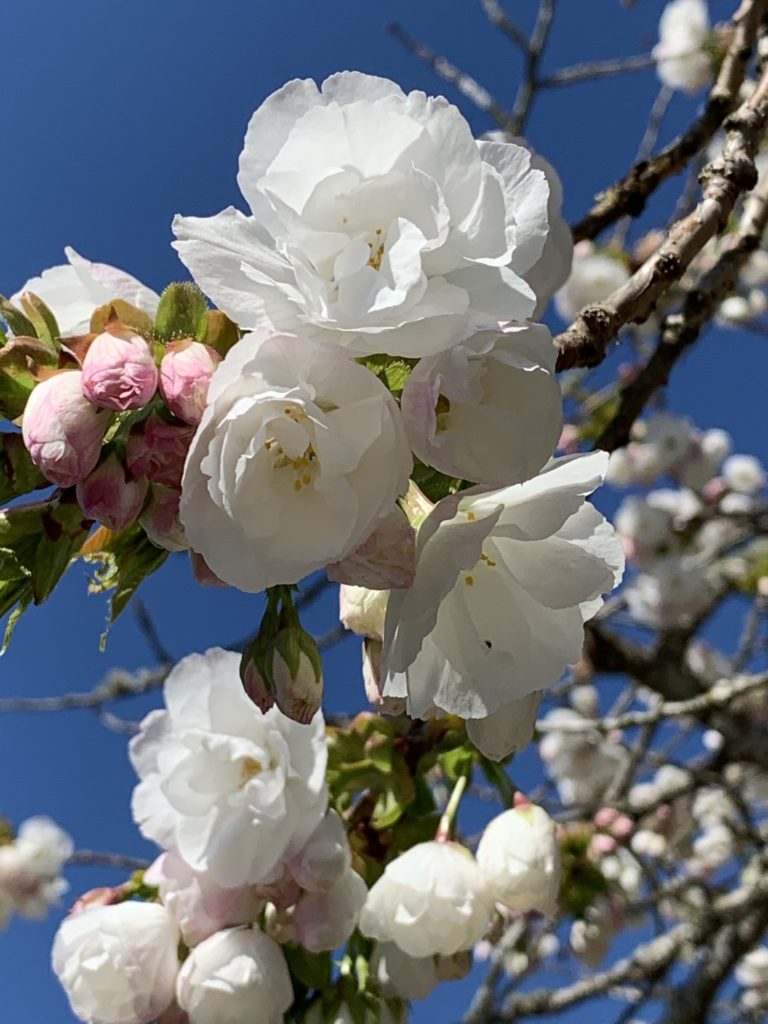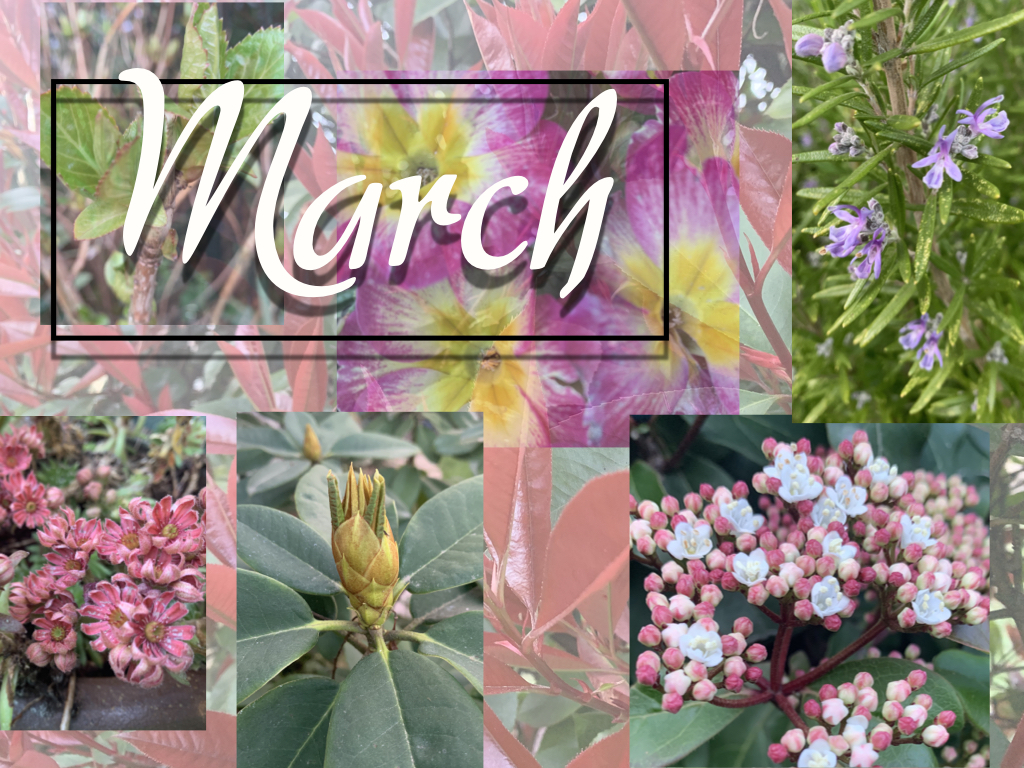
This guide is tailored for the western valleys of Oregon and Washington.
YOU can help to make the world a better, a more friendly, loving and beautiful place by being a good steward of the spot on this earth, your garden, that you have been given the privilege of borrowing for a time. It is our hope that the following to-do list will help you to do just that.
Nathan, the Treevangelist, urges you to treat your spot on this planet like your own personal Garden of Eden. May it become your personal paradise. This is your divinely mandated responsibility. Your trees, shrubs, flowers and the wildlife in your yard will pay you back as they express their smiling appreciation to you and yours by radiating their love, joy and beauty bursting forth with vibrant and verdant life. Below is a to-do list to help fulfill this mission.
E-A-R-L-Y is the operative word this March. With the mild winter, almost no snow in the Willamette Valley, and warmer than usual temperatures, the life forces within the plants cannot be contained any longer and are bursting forth. Amazingly, as early as late February, I was seeing some roses and flowering plums, among other things, beginning to sprout some leaves.
The months of January and February, though still in the throes of winter, with their numerous days in the 50s with some pushing towards 60 degrees mark, shouted “spring” in defiance of the calendric dates. This spells one thing: time to drag out the lawn mower and weeder, for the garden awaits your dutiful attention.
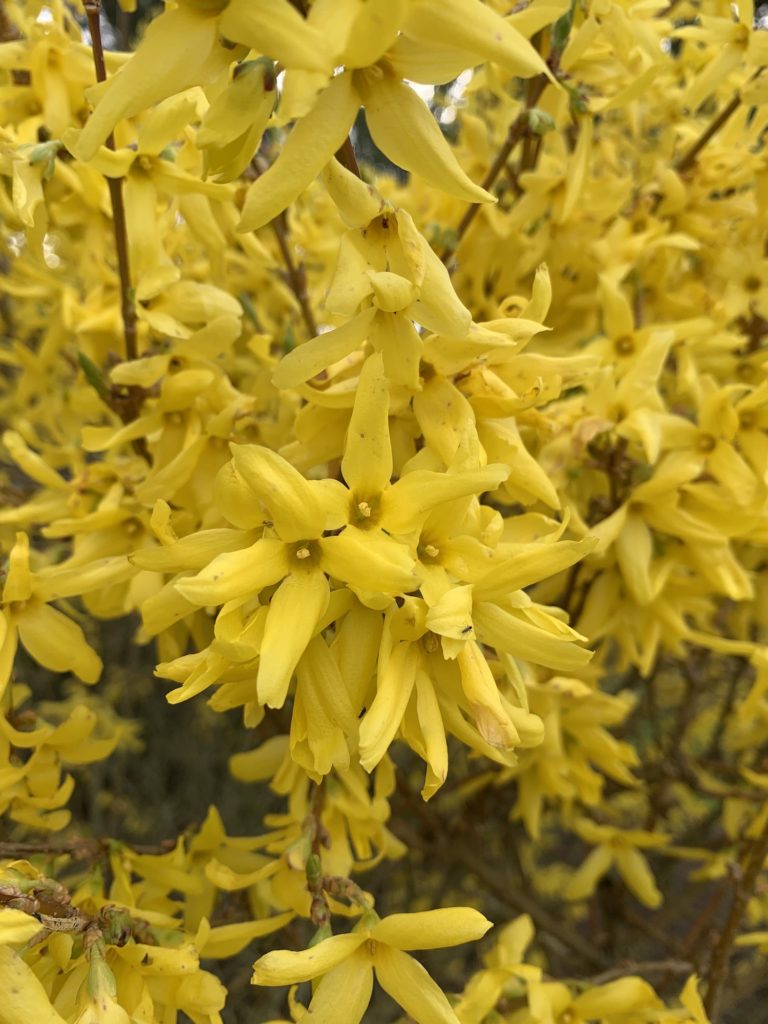
Come on and admit it. With all the rain, you’ve caught a touch of cabin fever, and it’s time to give in to that nervous twitch, come out of your cave and, like a monarch about to burst forth from its cocoon, start spreading those wings, take to flight and joyously begin fluttering around from plant to plant in your garden paradise!
While you’re at it, take a few moments and scroll back through this same Good News Tree Service, Inc. blog and check out the archives for any tree and plant care articles that you may have missed. Also check out our YouTube channel at https://www.youtube.com/channel/UCvcu2lL9NpgoXQtUFYyQShw, our Facebook page at https://www.facebook.com/GoodNewsTreeService/ and our main website at www.goodnewstree.com. Please enjoy!
Readers’ suggestions on how to improve this list are gladly solicited. If you, the reader, have any suggestions for additions to this month’s list, please put them in the comments section of this article, and I will add them to the list. Thank you in advance! — Nathan
YOU can help to make the world a better, a more friendly, loving and beautiful place by tending your spot on this earth that has been given to you—your garden. Here is a to do list to help you to do just that…
Tree and Shrub Care
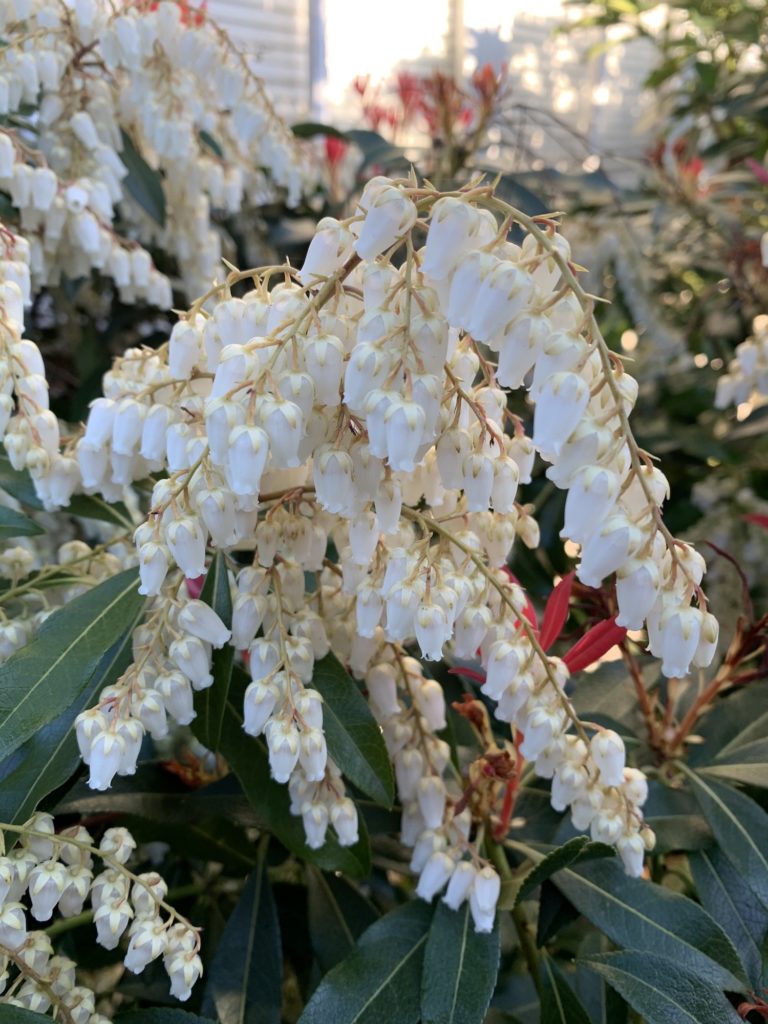
- Fruit tree pruning. Prune your fruit trees for fruit production. You can also prune grapes, cane and trailing berries once the threat of major frost is past.
- Plant fruit trees.
- Mulch. Apply two to three inches of mulch around all trees and ornamental shrubs. This helps to fertilize the plants and feed the soil, and also protects them against weed growth and loss of water when the warmer weather returns.
- Pine tree pruning. Prune coast/shore pines (Pinus contorta) and Scotch/Scots pines (Pinus sylvestris). These two pines are especially susceptible to the sequoia pitch moth whose larvae burrow into the tree trunks during the growing season (April through September) causing the trees to exude large amounts of unsightly pitch globules. While this seldom kills the tree, the bleeding of sap is not good for the overall health and vigor of the tree. It is advisable, therefore, not to prune these pine trees during the growing season, since the pruning cuts attract the moth, which then lays eggs on the tree, which hatch into tree-burrowing larvae. Pruning should be done on your pines from November to March.
- Plant or transplant trees and shrubs. Winter is good time to plant or transplant ornamental trees and shrubs. Cooler weather means less transplant shock to the plants, and over the winter and spring, they will have time to begin to acclimate to their new environment before the stress of the next summer season occurs.
- Pruning of ornamental shrubs. Do major pruning (called heading back) of rhododendrons (or rhodies) and other similar ornamental shrubs back to latent buds in trunks and stalks. Do this before spring growth begins in a couple of months.
- Pruning of large trees. Winter is a great time to do aesthetic and structural pruning of deciduous trees and shrubs, since the structure or architecture of the plant is clearly visible making aesthetic pruning easier than when plants are foliated. Structural defects, which can cause tree failure, are more easily spotted as well. Also remove of dead wood, and pruning to reduce hazards. If you’re not sure what to do, or how to do it, call Good News Tree Service, Inc. for a consultation, pruning lessons or to have them do the pruning for you.
- Reparative pruning. Repair winter damaged to trees and shrubs.
- Roses. The best time to prune roses is after the threat of major frost is past.
- Tree and shrub removal and stump grinding can be done all year long.
- Trees. Have an ISA Certified Arborist with an ISA Tree Risk Assessment Qualification (like Good News Tree Service, Inc.) inspect your large trees for the potential of failure due to weak root systems and defects in trunks and branches. This is best done when the leaves are off the trees.
Plant Health Care

Good News Tree Service, Inc. provides full plant health care services as listed below.
- Apple scab on ornamental crabapple and fruiting apple trees. The first visible symptoms occur on leaves in spring as pale, yellowish, water-soaked spots the size of a pinhead. These enlarge, becoming darker and smoky in appearance, later taking on an olive shade and ultimately a brownish black color. Spots may be any shape but are frequently circular. Young infections often show a radiating spread of fungal tissue through the leaf, and such areas later appear as irregular, brown-colored infections. Diseased leaves can be curled and distorted and often drop early. This fungal disease can also move into the fruit to produce a scabby effect, hence the name “apple scab.” Several fungicidal sprays are required to control this disease just prior to flowering and after flowering.
- Arborvitae Berckmann’s Blight (Platycladus orientalis): Spray in the fall (late Sept. and early Oct., and again in early Nov. Spray again in early spring (Feb to Mar) if disease is severe.
- Cherry Tree Brown Rot Blossom Blight (Monilinia fructicola):Make 3 foliar applications starting at bud break and at 14 day intervals.
- Coryneum Blight (Shot Hole Fungus) or Cherry & Plum Leaf Spot: This leaf blight affects ornamental and flowering cherry, plum and prune trees. Apply fungicide in the spring at flower petals fall, shuck fall and two weeks later.
- Crabapple Leaf Blight. Apply fungicide as the leaf clusters are just opening up and make several more applications subsequently as per label directions.
- Deep Root Fertilization: Deep root fertilize your trees and shrubs just prior to or as new leaves begin to emerge. Apply when soils are not super-saturated with rain, so that the fertilizer isn’t washed away from plants’ roots after applications is made.
- Dormant Spraying of Fruit Trees: Apply dormant sprays against insects and fungi.
- Lawns: Fertilize yellowing lawns.
- Leaf Blights: Spray trees and shrubs for fungal leaf diseases (e.g. powdery mildew, leaf blights, dogwood anthracnose, needle blights, etc.).
- Magnolia Bacterial Blight: Apply one spray in fall and twice in spring near budbreak.
- Monitor trees and shrubs for insect pests. When piercing and sucking plant pests (e.g. aphids, lacebugs, scales, weevils, mites, etc.) hatch varies each year depending on when the warmer weather begins. Usually, hatching of plant pests begins from early to late April. When consistent warm weather begins to occur, start monitoring plants for insect nymphs and adults. If necessary, plan a course of action to treat your trees and shrubs against these pests.
- Piercing/Sucking Insects: Begin applying systemic insecticides against piercing sucking insects (aphids, lacebugs, scales, weevils, etc.) via soil injections (one treatment gives season-long control).
- Photinia leaf spot. Spray a fungicide early in February of four applications at two week intervals afterwards. Early spray is key to controlling this fungus.
- Powdery Mildew: Apply a fungicides as soon as symptoms appear. Best efficacy if used before symptoms appear. Use fungicide at seven to fourteen day intervals, or more often if conditions warrant it. If a plant is known to have had powdery mildew previously, apply as buds start to open.
- Tent Caterpillar: Apply systemic pesticide for season-long control.
- Verticillium Wilt Fungal Disease: Apply a soil in the fall and spring.
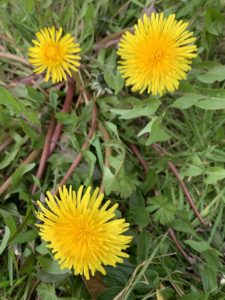
Elsewhere in the Garden

- Put slug bait around winter flowers. Though the weather may be cold, slugs are still active.
- Rake and dispose of ornamental tree leaves, or better yet, compost them and then spread the decomposed leaves back onto your shrub beds as a mulch next year.
- Mulch all of your shrub beds. Put a two to three inches of mulch (e.g. bark dust, garden compost or wood chips) around perennials and other plants that might be sensitive to subfreezing weather. Also, spread a fresh layer of mulch (e.g. bark dust, garden compost or wood chips) on all the bare dirt areas in your yard to prevent soil compaction from rains, to prevent weed growth and to enrich and help to condition your heavy clay soils.
- Cut English ivy off of the base of trees. (This can be done any time of the year.)
- Feed the birds. Dutifully maintain your bird feeders. As winter comes, birds have a harder time finding food. Bring life and excitement to your backyard by turning it into a bird sanctuary. The birds will thank you for your generosity by providing you with hours of entertainment, and by eating insect pests that harm your ornamental trees and shrubs. Remember to feed the humming birds, who have few flowers to feed on during the winter. Birds in the yard are not only fun to watch, but they perform the vital task of eating harmful insects.
